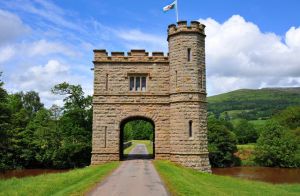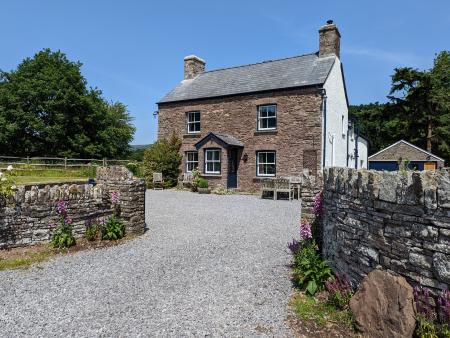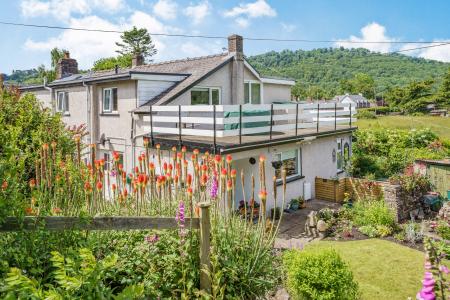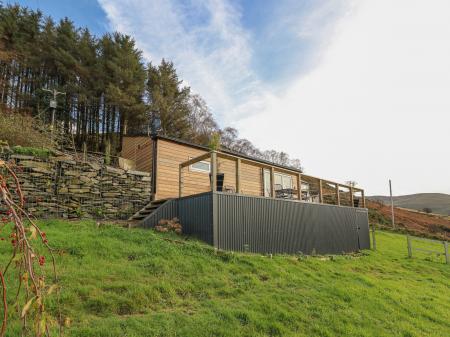
History
The Glanusk estate was established in 1826 by an ironmaster named Sir Joseph Bailey and is one of the largest private estates in Wales. Bailey's grandson, also named Joseph, was named Baron Glanusk in 1899. The Bailey fortune was built on the success of the Cyfarthfa Ironworks near Merthyr Tydfil.
The estate stretches over 20,000 acres, including a 5-mile section of the River Usk. The Victorian mansion was used by the military in WWII, but suffered a devastating fire and was pulled down in 1952. The family still live on the estate in the Dower House.
The estate buildings are almost all listed for their historic interest. Among the most important historic structures are a private family chapel and an iconic Tower Bridge; a castellated gatehouse tower guarding a bridge over the River Usk at the entrance to the estate. Even older are several ancient Celtic standing stones.
What to See
There are 400 acres of parkland and 800 acres of forest. The estate is most interesting for its large number of trees, particularly oak, with over 200 separate varieties on view.
The gardens and woodland are open through the summer and autumn (please the official website for current opening details). You can also book estate tours.
The estate is often used for corporate functions, filming, events, shooting parties and activities such as angling, archery and white-water canoeing. It is the setting for agricultural shows and game fairs, and the chapel can be booked for weddings. Some of the historic estate buildings have been converted into holiday accommodation. See the Glanusk website for booking details.
There is a permissive path through the estate that lets you appreciate the historic Victorian gardens. The path starts just south of the A40 and crosses the River Usk over the Tower Bridge, and goes through the historic stables to West Lodge. The permissive path can be combined with a walk along the Monmouthshire and Brecon Canal in an attractive circular walk.
 We've 'tagged' this attraction information to help you find related historic attractions and learn more about major time periods mentioned.
We've 'tagged' this attraction information to help you find related historic attractions and learn more about major time periods mentioned.




